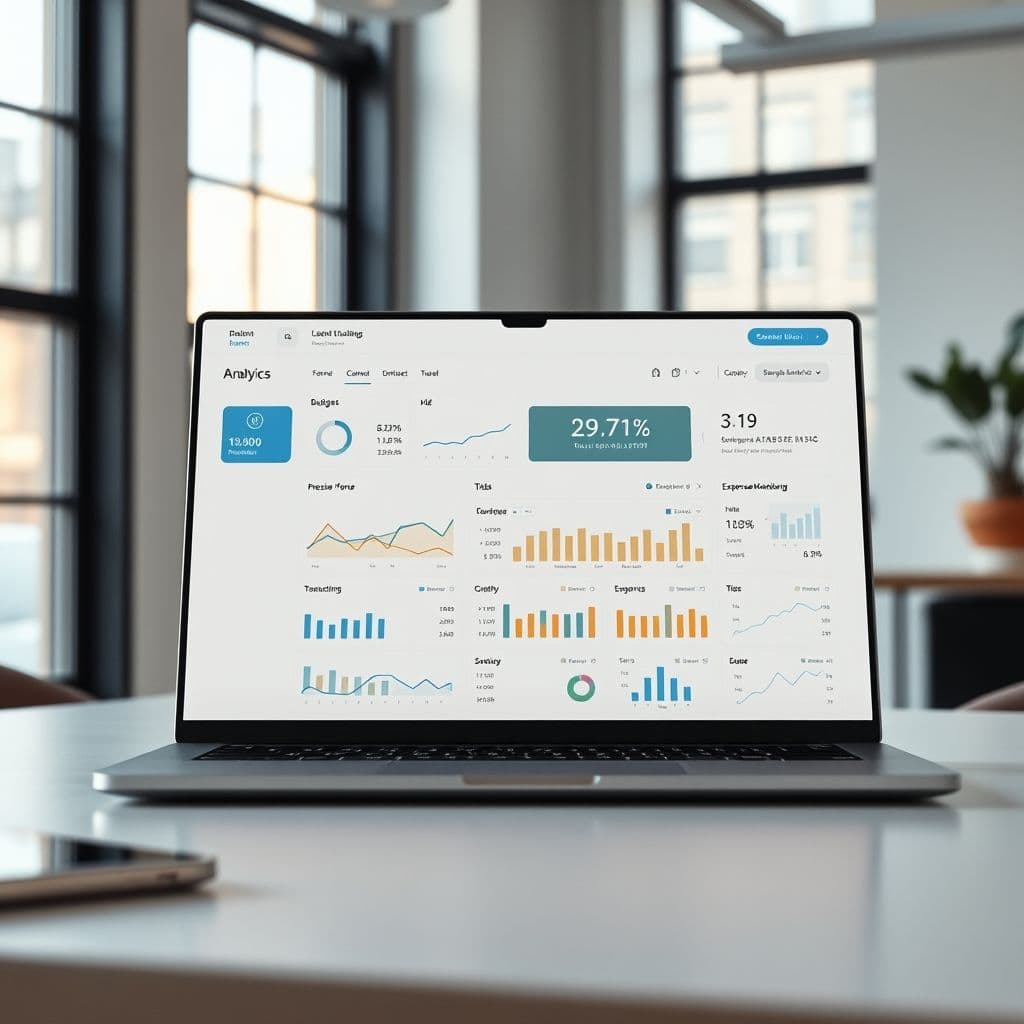The Silent Struggle: Managing Cash Flow and Financial Stress in Small Businesses

Running a small business is often romanticized as the path to financial freedom and independence. But behind the scenes, many entrepreneurs face a harsh reality: the constant struggle to manage cash flow, reinvest profits, and keep their mental health intact. In this article, we’ll dive deep into this silent struggle and explore a hypothetical SaaS solution that could help small business owners navigate these turbulent waters.
The Problem: Cash Flow Chaos and Financial Stress
Small business owners often pour their last resources into their ventures, only to find that even those funds aren’t enough to fully realize their vision. The pressure to reinvest every penny of profit back into the business can be overwhelming, leaving little room for personal financial stability. Many entrepreneurs describe this phase as 'gambling with mental health,' where the stress of unpaid bills, advertising costs, and the fear of failure looms large.
Comments from small business owners reveal a common theme: the emotional toll of pretending to be 'booked and busy' while struggling to make ends meet. The psychological burden of maintaining a facade of success, even when sales are nonexistent, adds another layer of stress. As one entrepreneur put it, 'You pay everyone else but yourself.'

Idea of SaaS: A Financial Lifeline for Small Businesses
Imagine a SaaS tool designed specifically for small business owners, one that simplifies cash flow management and reduces financial stress. This hypothetical platform could offer features like real-time expense tracking, automated budgeting, and predictive cash flow forecasting. By providing a clear financial picture, it would help entrepreneurs make informed decisions about reinvesting profits and managing expenses.
Key features might include: automated financial reports, customizable budgeting templates, and alerts for upcoming expenses. The tool could also integrate with existing accounting software, making it easy to adopt without disrupting current workflows. By centralizing financial data and offering actionable insights, this SaaS solution could empower small business owners to focus on growth rather than survival.

Potential Use Cases
This tool could be a game-changer for various small business scenarios. For example, a solo entrepreneur could use it to plan reinvestments without jeopardizing personal finances. A retail shop owner might leverage the forecasting feature to prepare for seasonal fluctuations. Freelancers could benefit from automated expense tracking to ensure they’re setting aside enough for taxes and savings.
Conclusion
The financial struggles of small business owners are real and often overlooked. While the idea of a dedicated SaaS tool for cash flow management is still hypothetical, its potential to alleviate stress and improve decision-making is undeniable. Could such a solution be the lifeline that many entrepreneurs desperately need?
Frequently Asked Questions
- How viable is developing this SaaS idea?
- The complexity would depend on integration capabilities with existing accounting software and the accuracy of predictive features. However, with the right team and focus on user-friendly design, it could fill a critical gap in the market.
- Would this tool be affordable for struggling small businesses?
- A tiered pricing model could make it accessible, with a basic free version for startups and premium features for established businesses. The key would be demonstrating ROI to justify the cost.


